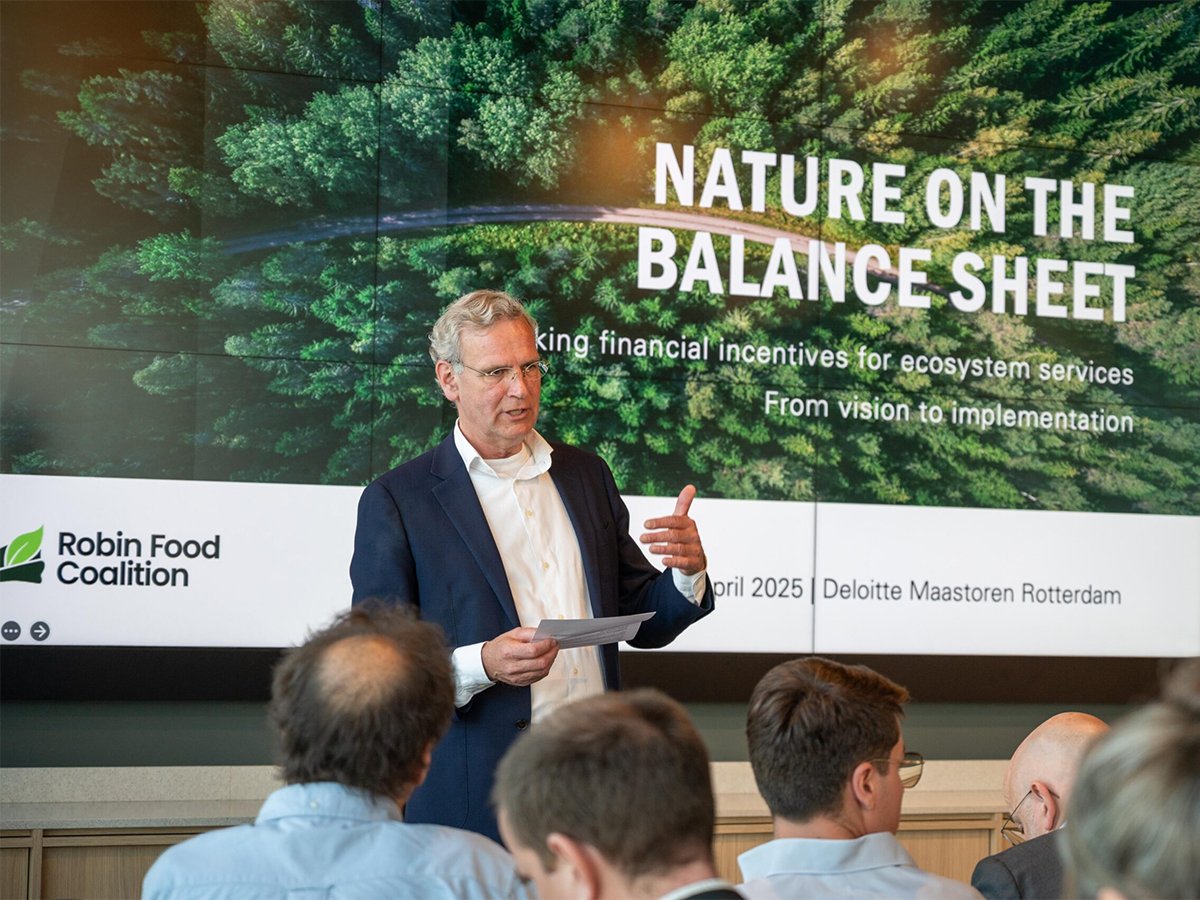KINGMAN, Alta. – Jean Haie can fly a plane. She has augered seed into the trucks for six springs and combined last fall. Not bad for someone who doesn’t know how to drive a standard.
“I’m mechanically challenged,” said Haie.
Although she has a computer she prefers to draw her farm plan on paper following the same map her late husband set up in 1965. Learning to use a computer is not at the top of her list of priorities. “I don’t need that new skill,” Haie said. “My accountant, chemical guy and fertilizer guy all say I’m doing OK on paper.”
Read Also

Activist urges new way to measure profitability
Organic activist praises Mark Carney for spearheading the Task Force on Climate-related Financial Disclosures.
She has learned a lot since taking her home economics degree at the University of Saskatchewan, a course in which the first two years were identical to the agriculture degree. While working as a provincial government home economist in Camrose, Alta., she met her husband Don who was working a mixed farm with his father.
Don did well with his hogs but Jean said he had reached the point where he needed to expand or get out of them. His decision was made after he visited another hog operation.
“He toured a large barn and couldn’t get the smell out of his clothes for three days.”
In the late 1970s the Haies switched to seed grain totally, a venture that suited Don’s personality, his wife said. They grew pedigreed and certified seed on their 1,920 acres, sticking to basics like wheat, barley and canola.
For seed growers neighbors are also customers so choosing new varieties is a responsibility not to be taken lightly.
“They’re changing varieties so quickly it’s hard to see if it’ll stand the test of time,” said Haie of the seed industry.
“Everyone wants this new variety due to advertising. It takes two years to plan for. By that time they’re off on a different bandwagon.”
She and Don had learned to caution customers about a wheat variety that stayed green after an early frost or warned against sowing an entire farm to one promising type.
Handling chemicals
Don died about five years ago of non-Hodgkins lymphoma, a cancer that Haie thinks may be connected to the chemicals they and most farmers spray. She didn’t stop using chemicals but she is concerned. Her full-time hired hand has taken a course on how to spray and she gets a third of her chemicals custom applied.
After Don’s death, Haie had no problem keeping the farm running and the seed business going. She makes the decisions, charts the crop and chemical rotations in meticulous detail and deals with the customers. Her hired hand, supplemented by another employed at seeding and harvest and her second son, take care of the field work and machines.
She uses chemical company agrologists, provincial extension workers and seed growers conferences and field days as information sources to shape her cropping plans.
“You sort through the information,” said Haie. “You can’t expect someone to make your crop decisions for you.
“Mostly I just talk to the guys. It’s easier that way. The demonstration crops all look the same in the field.”
She also is a member of a marketing club of a dozen neighbors who meet every other Monday morning through the winter. They take courses, follow prices and share information about which truckers are reliable. Haie said women tend to be better marketers in their club because they have the time to hear the prices on the radio and respond quickly to short-lived weather rallies.
Off-farm income
It’s quiet in the countryside in this north-central Alberta area. Partly that’s due to the 15 centimetres of snow that fell overnight, breaking trees, halting seeding and flicking the power on and off. But the stillness is more long term. Haie said at least one person in each farm is working off the farm at the local steel mill or for the utility company. While Haie has been able to find men to do her field work, the competition for labor makes farming less appealing.
She hopes at least one of her three children will take over the farm.
To Haie, part of the attraction of Camrose is the scope of community activities. A hint of her interest comes in the classical music drifting through the house. She plays the clarinet in the 50-piece community band.
“I’m learning to play and probably will be learning the rest of my life. It’s really fun.”
Haie also is taking piano lessons that will supplement the 20 years of regular practice she gets playing at the church every third Sunday.














